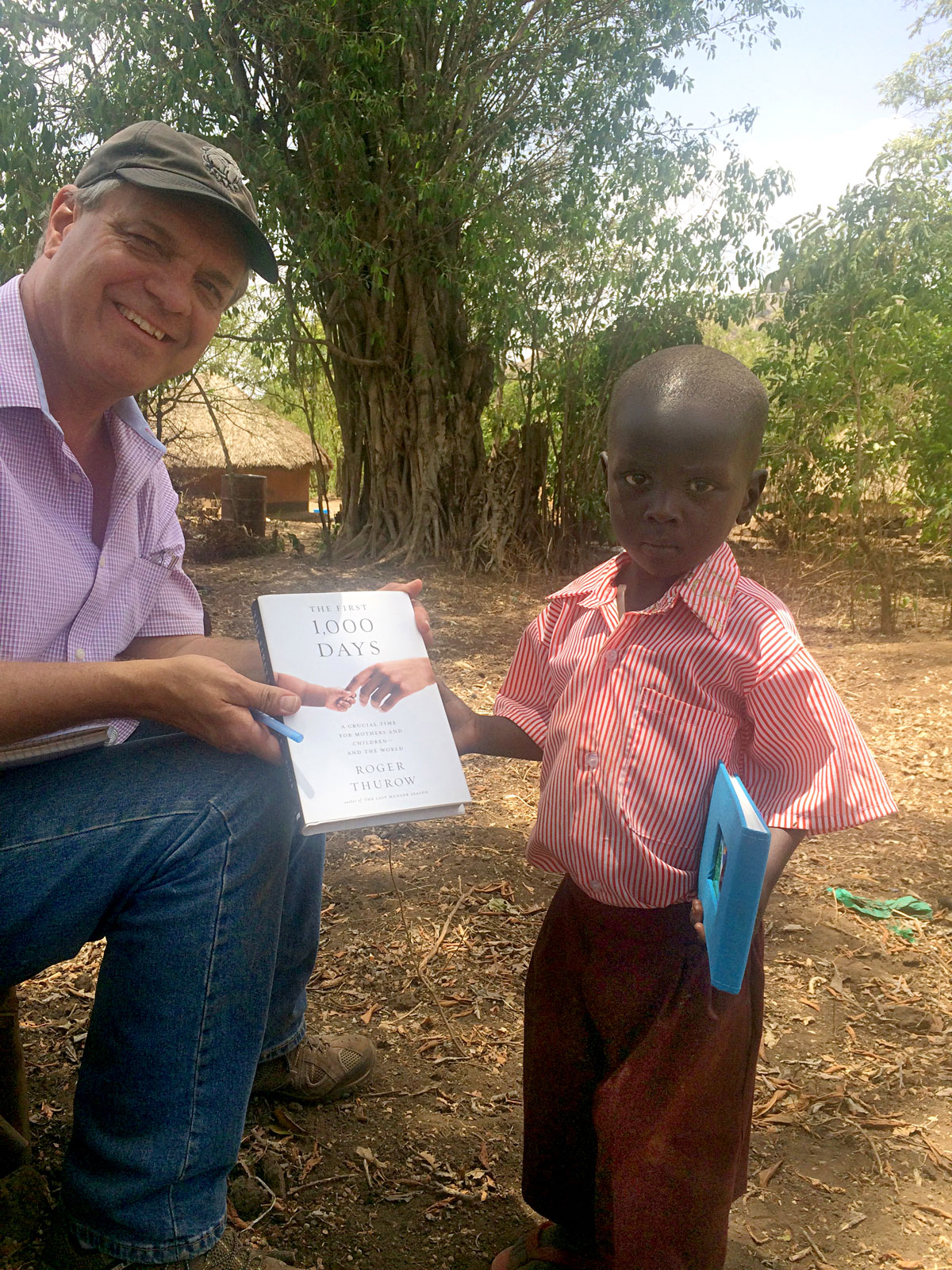Capturing experiences on the ground in the first 1,000 days
Devastating food crises and research on the economic and social costs of childhood hunger have inspired an unprecedented international movement to end malnutrition in the first 1,000 days of a child’s life, beginning with the mother’s pregnancy. Proper nutrition during these 1,000 days can profoundly influence an individual’s ability to grow, learn, and work. It can also determine a society’s long-term health and prosperity.
In 2013 award-winning journalist and antihunger advocate Roger Thurow began following mothers and their babies through the first 1,000 days in areas where nutrition, health, and education programs are bringing hope to those historically plagued by malnutrition: Chicago, Guatemala, India, and Uganda. What began with several visits to families over a period of two to three years for his book has since turned into a longer-term study of these families over nearly a decade. His compelling stories explore the promise of—and confounding challenges to—a transformative worldwide initiative to end early childhood malnutrition.

How the project got started, in Roger’s words
An initial inspiration for The First 1,000 Days book came while reporting for my previous book, The Last Hunger Season. I was following four smallholder farm families in western Kenya through the course of a year. The Biketi family had four children. The youngest, David, was 2 years old at the beginning of the reporting. He was manifestly malnourished, with a distended belly, mottled hair, and a persistent cough.
One day, David’s mother, Zipporah, made a profound observation: the deepest form of misery, she said, was to be a mother (or father) unable to stop the crying of a hungry child. That’s a statement I would never forget, and I began to wonder what becomes of children who are malnourished so early in life.
As I finished writing my book in 2011, the 1,000 days movement began gaining momentum, focusing on that very question. Capturing the imperative of good nutrition during a mother’s pregnancy and the first two years of her child’s life would be my next project.
But how to tell that story? Having just chronicled a year in the life of four African farm families, I decided to follow moms and their children and families through the first 1,000 days. The next question: where to tell the story? A global perspective was necessary. I settled on four places: India, home of the most malnourished children in the world; Uganda, where fortifying the nutrient content of staple crops was advancing rapidly; Guatemala, where the stunting rates were the highest in the western hemisphere; and Chicago, the first major city to be mapped for food deserts.
In the spring of 2013 I traveled to Uganda, and this journalistic journey through the first 1,000 days had begun.
